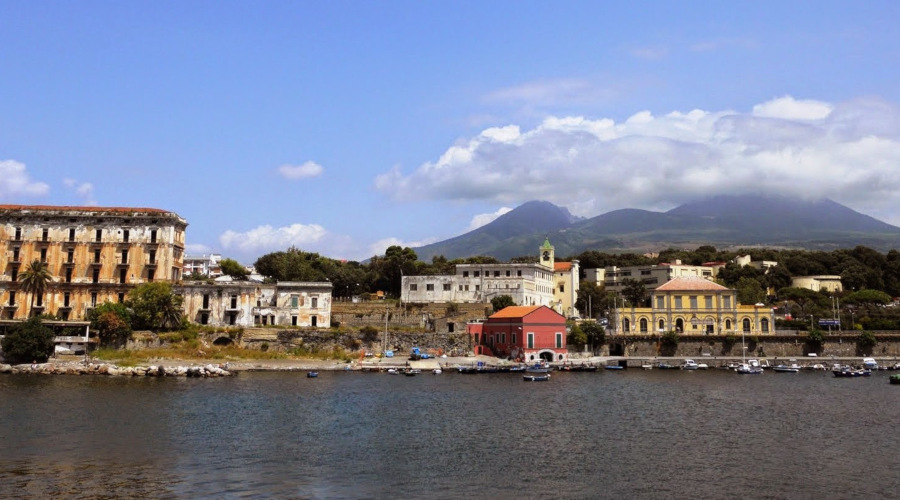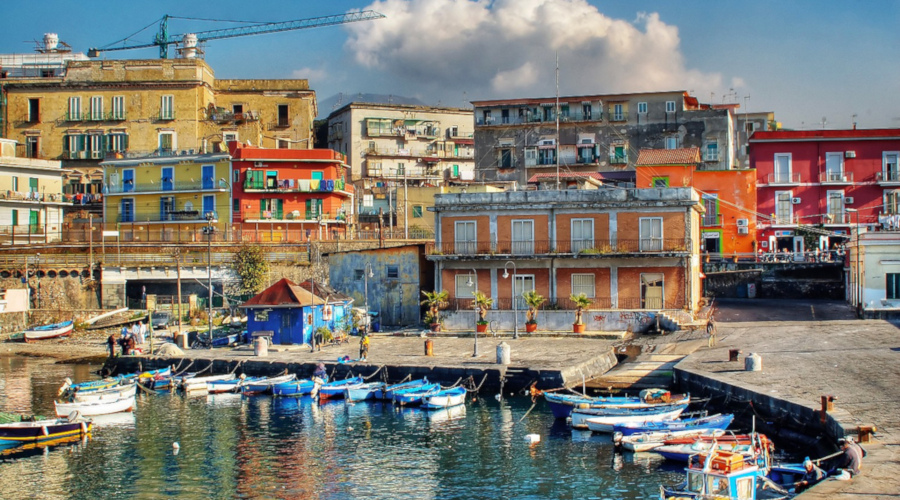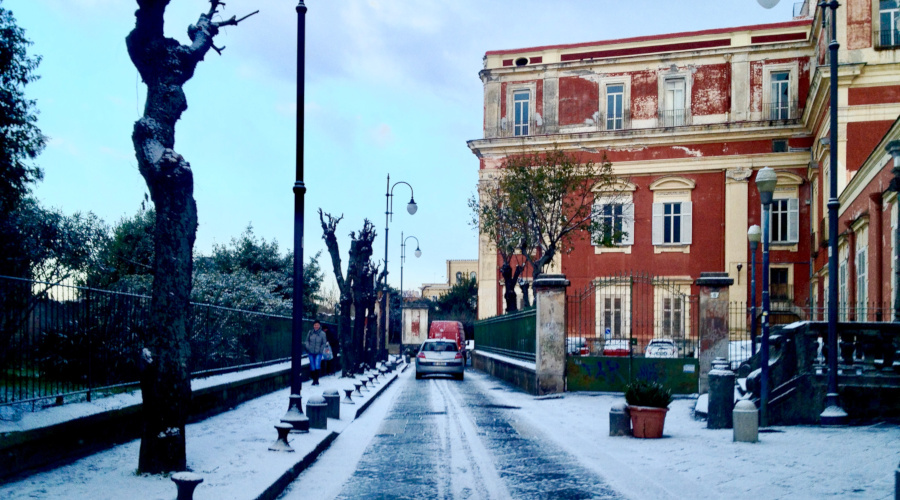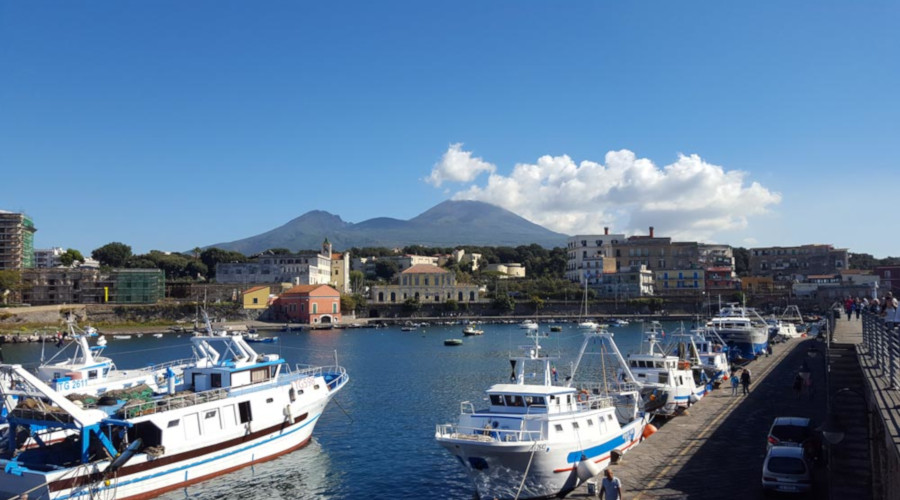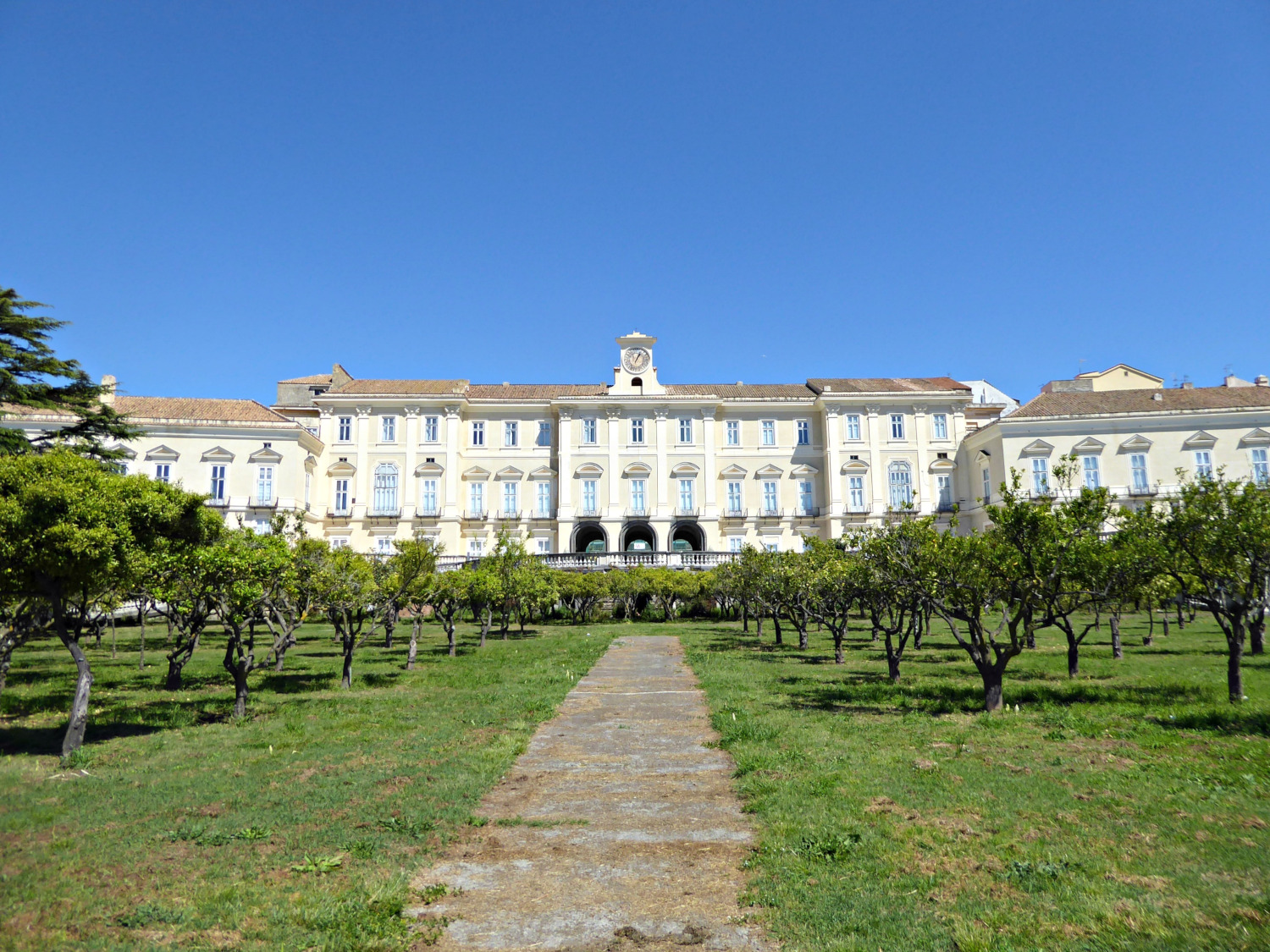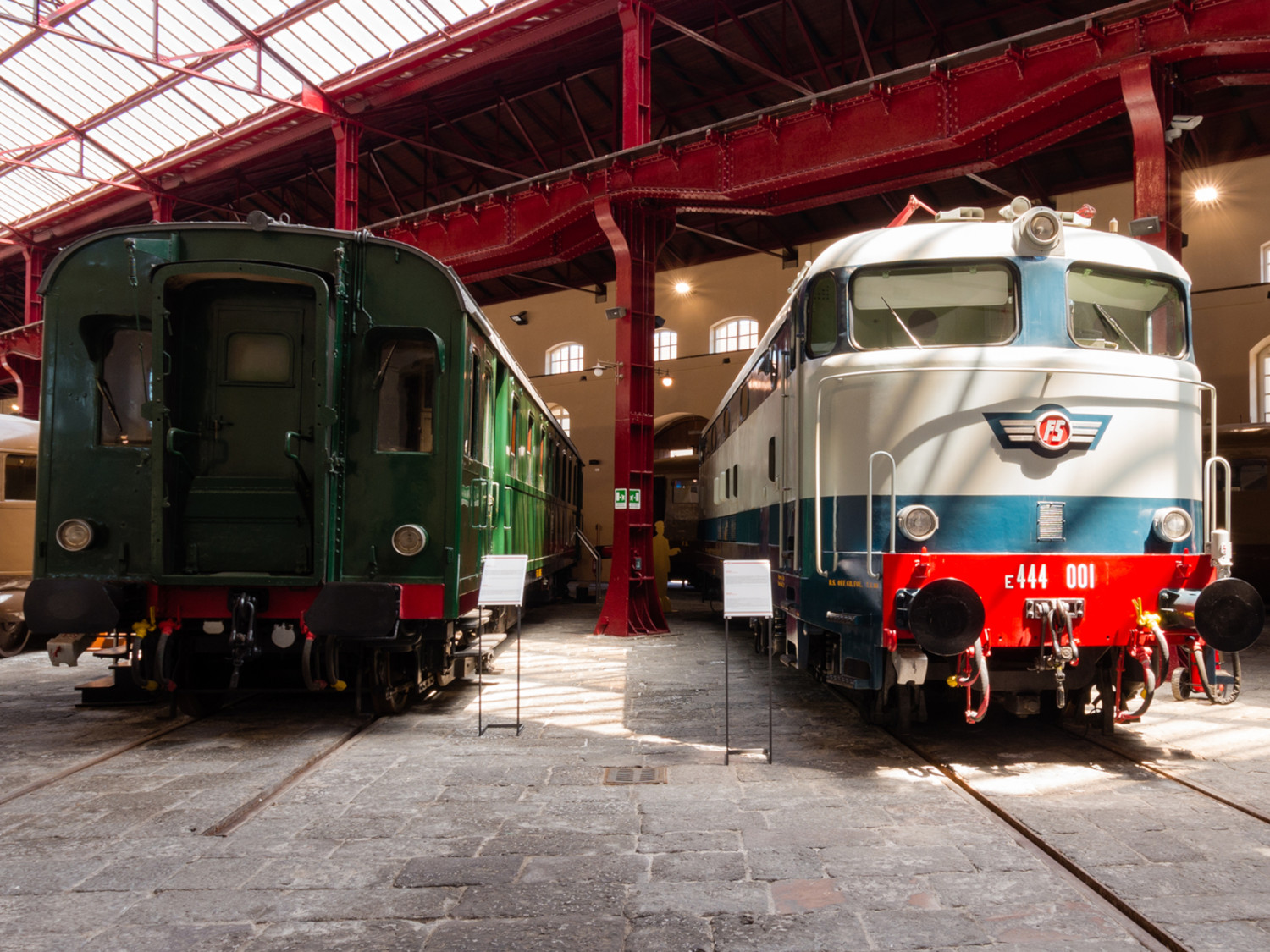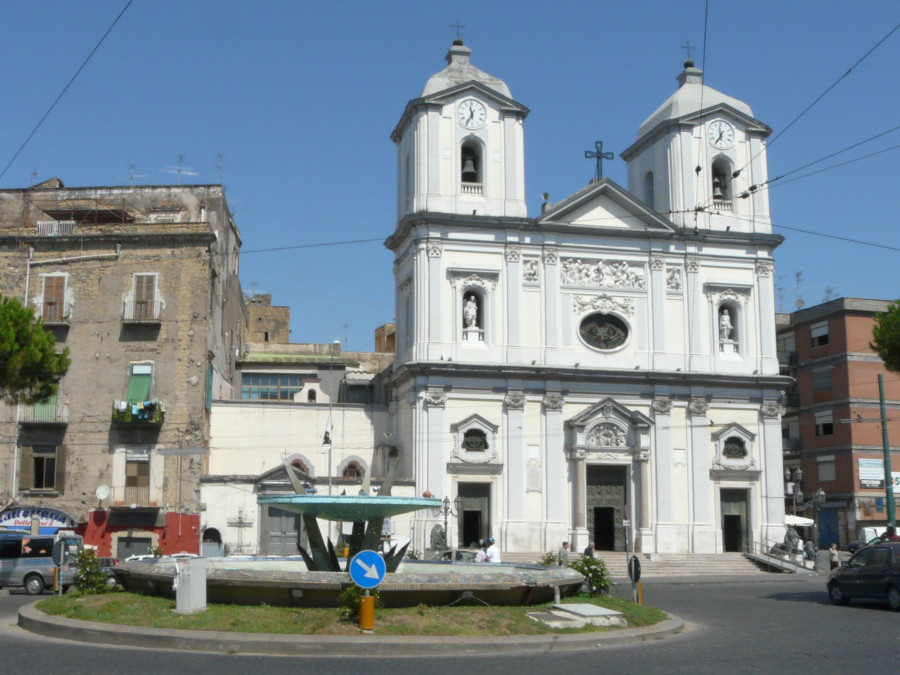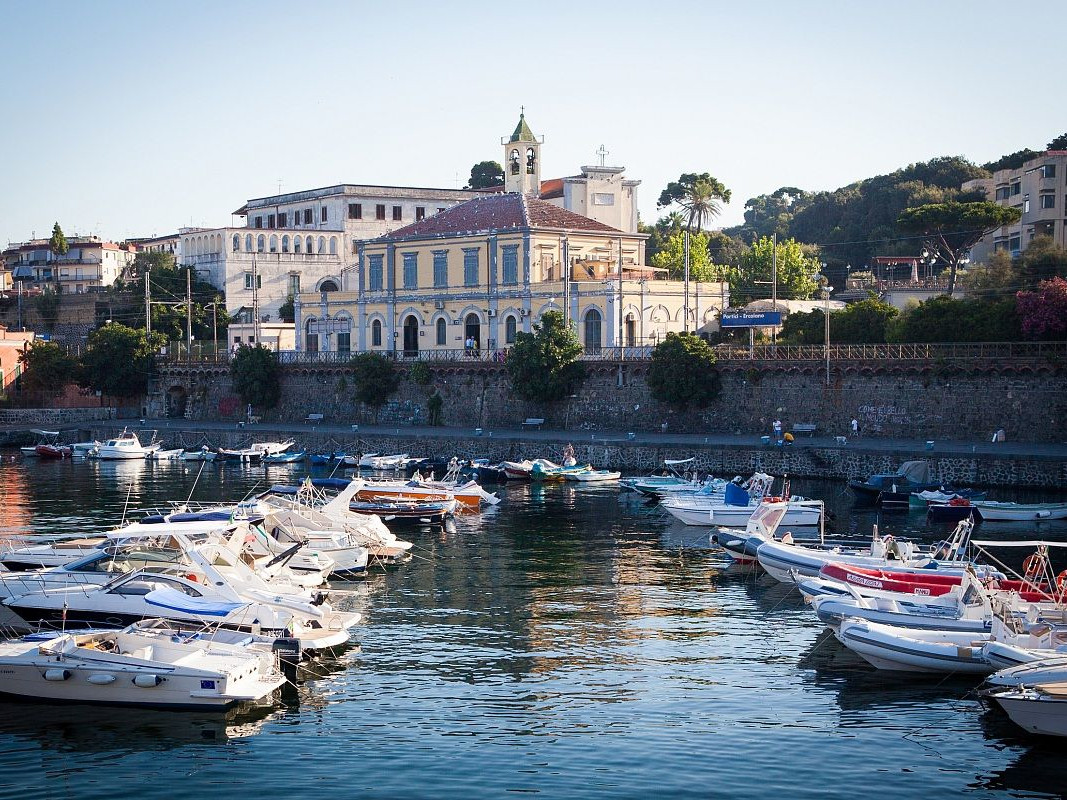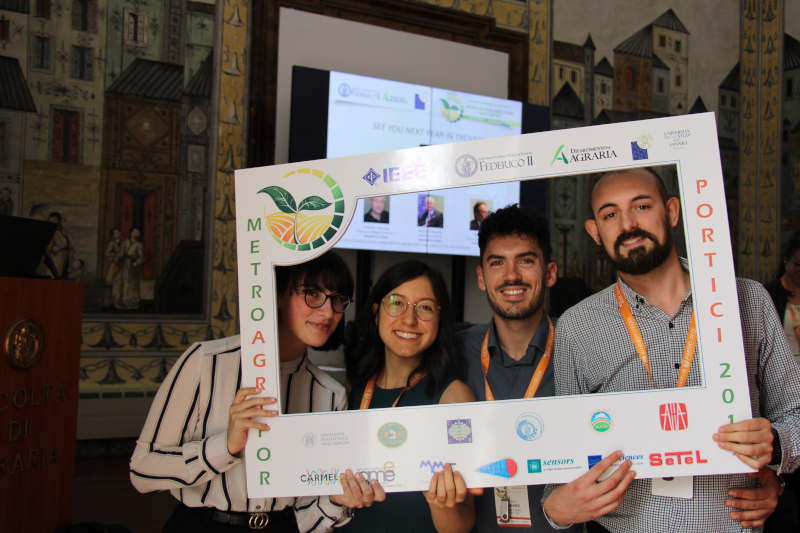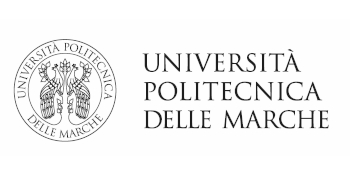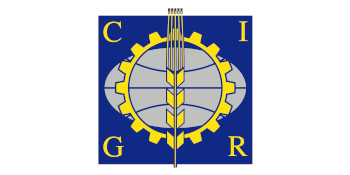Portici is a town and comune of the Metropolitan City of Naples in Italy. It is the site of the Portici Royal Palace.
Portici lies at the foot of Mount Vesuvius on the Bay of Naples, about 8 km (5.0 mi) southeast of Naples itself. There is a small port. To the south east is Ercolano, formerly Resina, which occupies the site of ancient Herculaneum. San Giorgio a Cremano is another town nearby.
The city was completely destroyed by the Eruption of Vesuvius in 1631, but was rebuilt. Charles III of Spain, King of Naples and Sicily, built a royal palace in the town between 1738-1748. After Garibaldi defeated the Bourbons in 1860, the palace was turned into the Portici botanic gardens and the Royal Higher School of Agriculture. It once contained the antiquities from Herculaneum, which have since been moved to Naples.
Royal Palace of Portici
The Royal Palace of Portici (Reggia di Portici or Palazzo Reale di Portici; Neapolitan: Reggia ‘e Puortece) is a former royal palace in Portici, Southeast of Naples along the coast, in the region of Campania, Italy. Today it is the home of the Orto Botanico di Portici, a Botanic Gardens are operated by the University of Naples Federico II. These gardens were once part of the large royal estate that included an English garden, a zoo and formal parterres.
It is located just a few metres from the Roman ruins of Herculaneum and is home to the Accademia Ercolanese, the deposit for all found objects of archaeological site. This is in effect the Museum of Herculaneum, opened in 1758 by King Charles.
National Railway Museum of Pietrarsa
The National Railway Museum of Pietrarsa between the city of Naples and the towns of Portici and San Giorgio a Cremano. Pietrarsa is an area among these villages in the past known as “Pietra Bianca” (white stone) but it was renamed Pietrarsa (burnt stone) after the eruption of the Vesuvius in 1631.
The museum is housed in what was originally the old Bourbon workshop Officine di Pietrarsa, founded in 1840 at the command of Ferdinand II of Bourbon where steam machines for ships and boilers for locomotives were built. The workshop was organized in pavilions (where the collection is today displayed) which housed the various departments, each specializing in a different part of the production cycle.
Nativity Church and St. Ciro
The building of the church began in 1633 to replace the church of Santa Maria delle Grazie (The Madonna of the Graces), located in Largo Croce and built in 1627, wich was destroyed by the terrible eruption of Vesuvius in 1631. The building process lasted about ten years until 1642, when the church was finally consecrated to the Nascent Blessed Virgin. The church was enlarged and refurbished in the baroque style by the architect Domenico Antonio Vaccaro. Within the church there are a nave and two aisles with columns and archeSt. The altarpiece represents the birth of the Blessed Virgin and was painted by Luca Giordano in 1666. The church is embellished with other precious paintings: the “Concezione” (Conception) and “San Lazzaro del Bonito”. The “Divina Pastora” was painted by Domenico Antonio Vaccaro’s son, Ludovico.
Eventually the beautiful statue of St. Ciro, doctor and hermit, carved by Ferdinando Sperandeo in 1770. In 1758 it was decided to begin some works to enlarge the church on the entrance side and to build the two belltowers. Perhaps it was Ludovico Vaccaro who accomplished the works to the baroque façade after his father’s death in 1745. The church lost the ancient artistic value given by one of the most important architect of the seventeenth-century in Naples, because of several alterations made in 1853 and in 1929 which completely modified the baroque façade. Luckily it is still intact the chapel of the Archconfraternity of the Holy Sacrament next to the church created by Vaccaro.
The Bourbon port of Granatello
On the left of the railway station there is a big staircase of vesuvian stone, that brings us to the ancient port, which is one of the most important and majestic nautical works of the Bourbon reign. After the erection of the Royal Palace , the kings wanted to have a safe port for their shipping, so king Ferdinando IV instructed the military engineer Giovanni Bompiede to construct a new port . In those days it was a colossal work and it cost a very sizeable figure. Once finished the works it came out a majestic port with a dock 1200 feet long which went as far as the sea, and on the extremity a big lighthouse. The big blocks of laval stone used for its construction were extracted from the near pit which was located in the area of the ancient “Fortino del Granatello”. The Blockhouse was provided with massive naval guns used to protect the coast and the Royal Palace.


